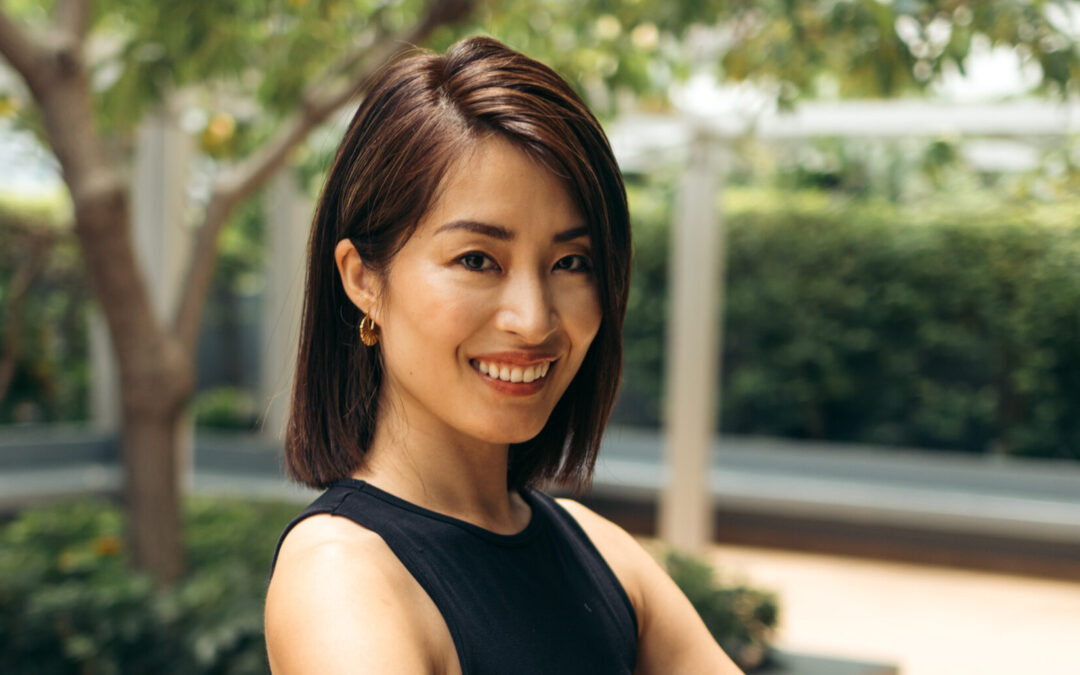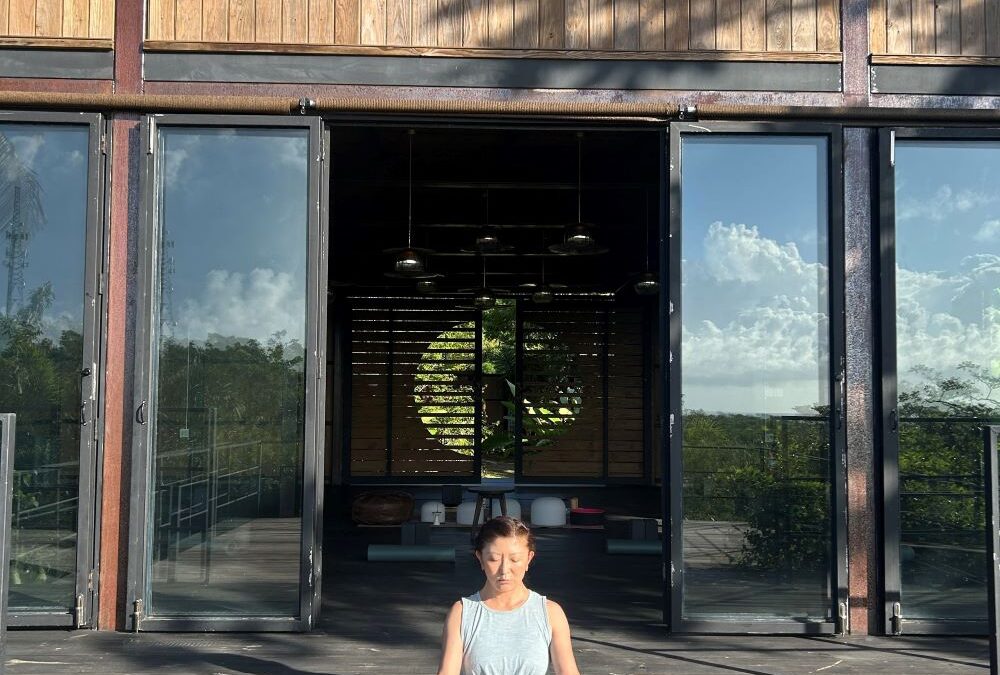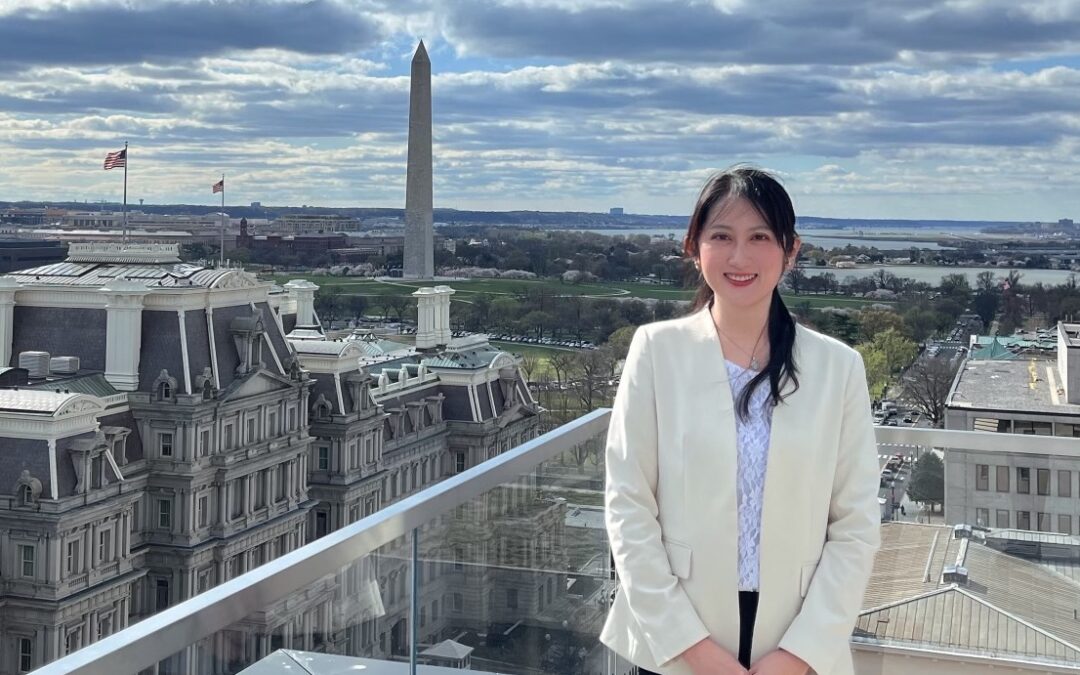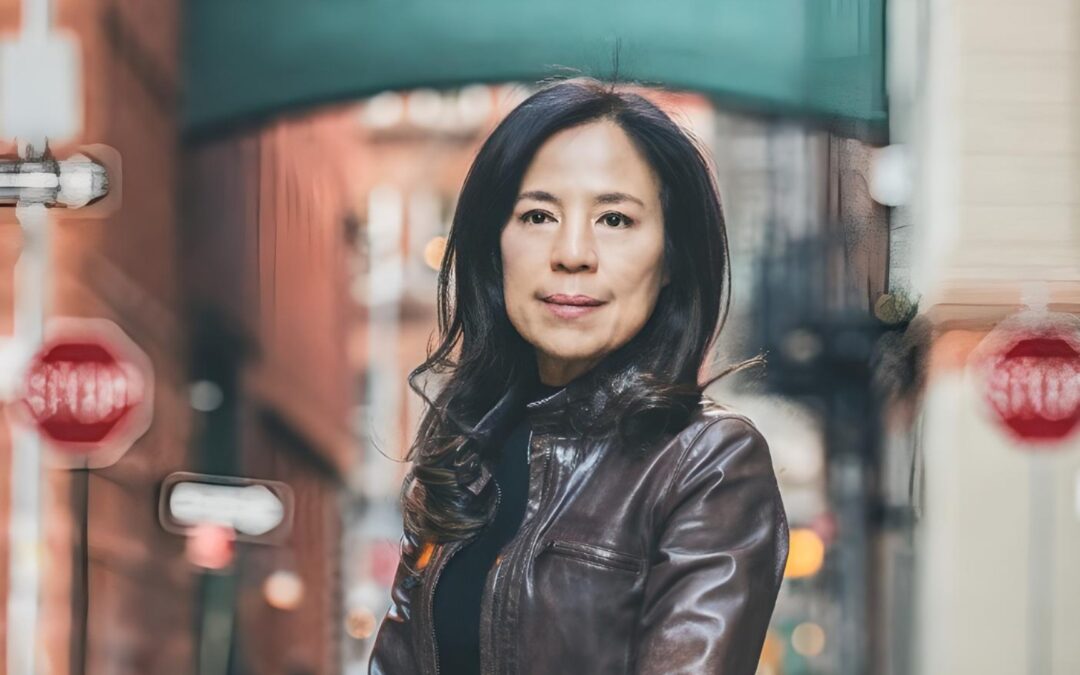This time we're introducing Sachiko Tsunoda, who is passionate about making Japanese sweets.
1. Please tell us about your journey to the United States.
I moved to the US in 2013 after marrying my husband. I majored in architecture at the local graduate school I attended in Japan, and although I was thinking about finding a job in Japan after graduation, I had already been in a long distance relationship (between the US and Japan) so I discussed it with my husband and we decided I would move to the US. My older sister advised, “I think it’s not too late for you to go to the US after working in Japan for 5 or 6 years.” To be honest, I think about it over and over, “maybe my sister was right” and “it would be different if I had looked for a job in the US after getting experience in Japan.”
2. What kind of things have you been working on since you moved to the US?
After coming to the US, I attended English classes at a church, did volunteer work on weekends, and tried to go out in order to make connections to improve my English.
Since my husband is a member of the JET Program Alumni Association, I began to participate in US-Japan related events and volunteer activities. Through my volunteering connections, I landed a job with the Japan America Society of Washington, DC. As administrator and program coordinator, I organized and coordinated programs for Americans, such as Japanese language classes, cooking classes, and cultural workshops. Every April, the Association holds the largest Japanese festival in the US, the "Sakura Matsuri Japanese Street Festival.” I was able to perform a wide range of tasks, such as making arrangements for the performers who came to the US from Japan and looking for other performance opportunities for those who were able to go to other venues.
While the cultures of Japan and the US are very different, I find it rewarding to help Americans who have an interest in my home country of Japan learn and understand more about it. Even though I'm Japanese there are things about Japan that I don't know, so I often learn new things in the process. Although the content of my work at the Japan America Society has nothing to do with what I studied in graduate school, through my job and working overseas I've been able to meet people from various occupations. Being able to work together with them is an irreplaceable treasure to me.
3. What are you currently passionate about?
Making Japanese sweets. I started making Japanese sweets by chance, when my daughter was about one year old. When she was sleeping through the night, I would read news online and look up things as a break. Unexpectedly, a photo of fresh sweets at a Japanese tea ceremony caught my eye. I was moved by how beautiful it was and, at that moment, suddenly remembered things about Japan. With that in mind I started researching Japanese sweets. I couldn't buy the expensive tools so I used bamboo skewers, forks, and chopsticks -- whatever I had at home -- to try making sweets.
When I was in junior high I saw a special feature on Japanese sweets on TV and thought, “that's beautiful." Although I had an interest in making Japanese sweets, I was under the impression that only men could do so professionally. When I came to the US, I got rid of the idea that “I can't do it because I'm a woman" and just naturally thought I should try it out. I also wanted the children to experience Japanese culture so I started making Japanese sweets.
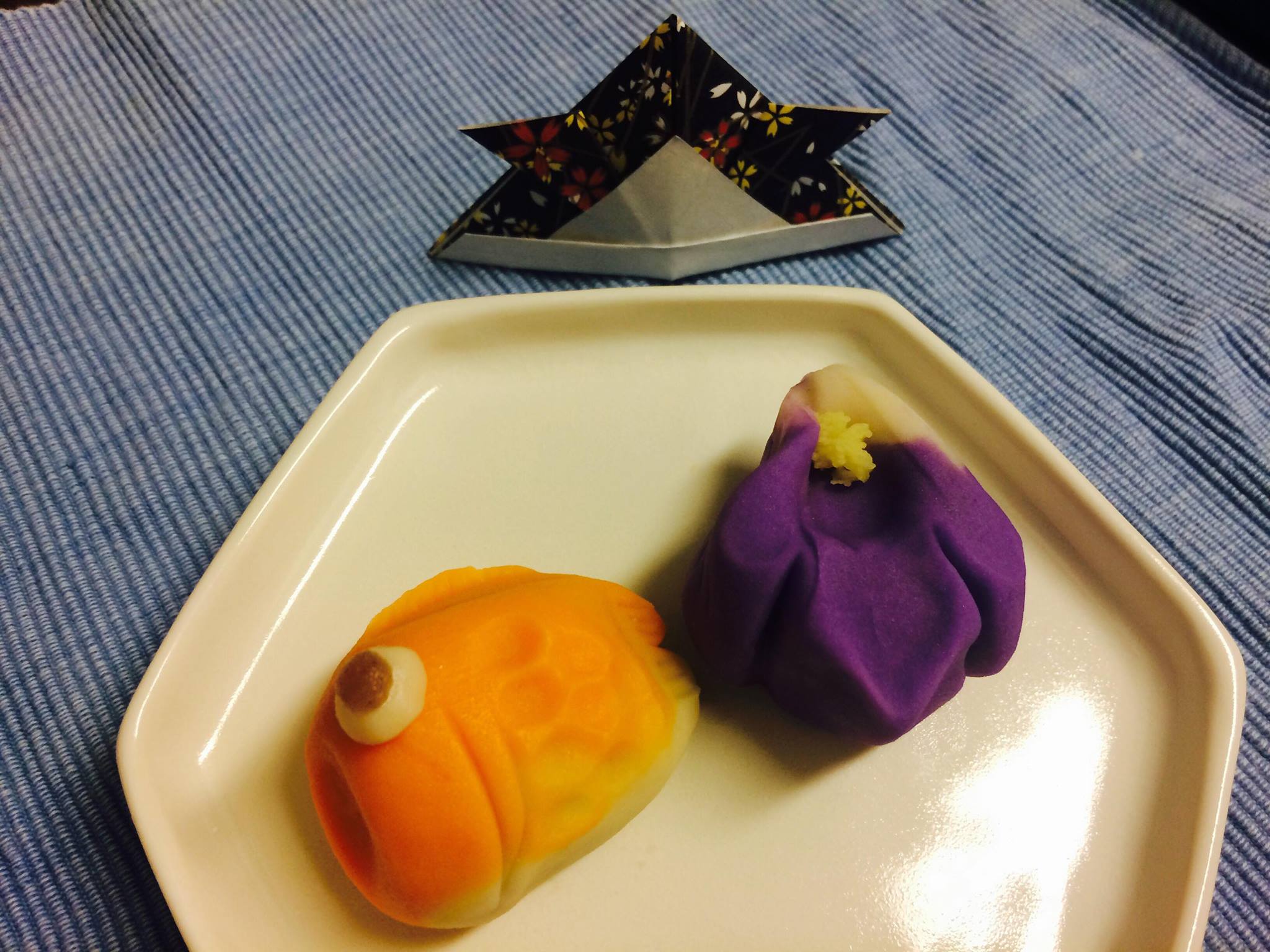
Completed Japanese sweets after trial and error
4. What do you enjoy about making Japanese sweets? Conversely, are there any difficulties?
This applies to when I worked at the Japan America Society as well, but I enjoy being able to tell people who are interested in Japan about the history and process of making Japanese sweets. I hope that I can contribute to the friendly relationship between Japan and the US by making Americans more fond of Japan. Also, my daughters (ages 6 and 3) love making Japanese sweets, and the time spent making seasonal sweets with them is an irreplaceable joy. I feel so proud watching them have fun while making their own sweets.
My assignment is to learn about the history of Japanese sweets and convey it in English. Although I am still studying this, there are high grade seasonal sweets made with “nerikiri” bean paste that are named after haiku, tanka, seasons, history, and events. I think the fact that you can imagine the scenery created through the names and designs of the confectionery is something unique that isn't found in other countries. I am working to improve my English so I can convey such things to Americans.
5. Do you have any goals for the future?
I would be happy if Japanese sweets could reach the hearts of people around the world, not just Japanese people. My family will move to Shenyang, China in summer 2023. In the 6th and 7th centuries Japanese confectionery culture was influenced by sweets called “kurakudamono – rice, barley, soybeans, adzuki beans, etc. that are kneaded and deep-fried – when envoys brought them back from China during the Tang Dynasty. “Nanban sweets,” which were introduced from Portugal, use sugar and production techniques that had a big influence on Japanese sweets. The development of Japanese sweets is closely related to world affairs and their historical backgrounds, so I want to learn about those things as well. If I decide to live in Japan again, I would like to attend a confectionery school in Tokyo.
6. Please share a message to any Japanese women living in the US who are unsure of what they want to do.
If you are worried about what to do in the future, I want you to make time to have a talk with yourself. When you're busy day after day you end up putting your own feelings on the backburner. It can even be on your way home from shopping, but it may be good to consciously have some time to really examine yourself. During that time don't compare yourself to others, but instead think about yourself and what kinds of things you like. Even if the answers don't come quickly, I think there will come a day when you will hear your heart's voice and find the direction you are satisfied with.
Also, I think it's important to recognize your efforts. I graduated from graduate school with a degree in architecture. However, I am not currently working in the architecture field. I often felt like I was wasting my graduate school experience because I wasn't able to find a job in the US that was related to architecture. But I've been doing my best in my own way so I decided to stop blaming myself. Right now I want to work and do what I can to achieve my goal of conveying the wonders of Japanese sweets. When things aren't going well, it's easy to focus on what you're lacking, but instead of blaming yourself, reflect on the experiences you've accumulated and all the great efforts you've made and praise yourself. I want them to be aware of the possibilities for their futures and think, “I can do this much now,” and “I can definitely do this.”
Sachiko Tsunoda’s Instagram: sachi_wagashi
★ Interviewer's note
I also went to graduate school in Japan, and even today I still have some worries about building a career in a foreign country, so I have a lot of sympathy for Sachiko. If there are people who are worried about the career gap after coming to a foreign country, I think an important message for them to say is “First of all, I recognize myself for working hard in a foreign country.” I didn't touch on it in the above article, but after Sachiko's first child was born she was working part-time remotely. But it was difficult to balance childcare and work so she decided to focus on raising her child. When she is in the US she feels more pressure than in Japan, and says that “both parents working is normal.” But sometimes I think that if you want to focus on parenting, that's not a bad choice either, rather both should be respected. I wanted to add that in case any of you are suffering from such pressure. I feel that Sachiko understands well what's important to her and what makes her happy, so after arriving in the US she made many choices so now I feel she can live her life.


